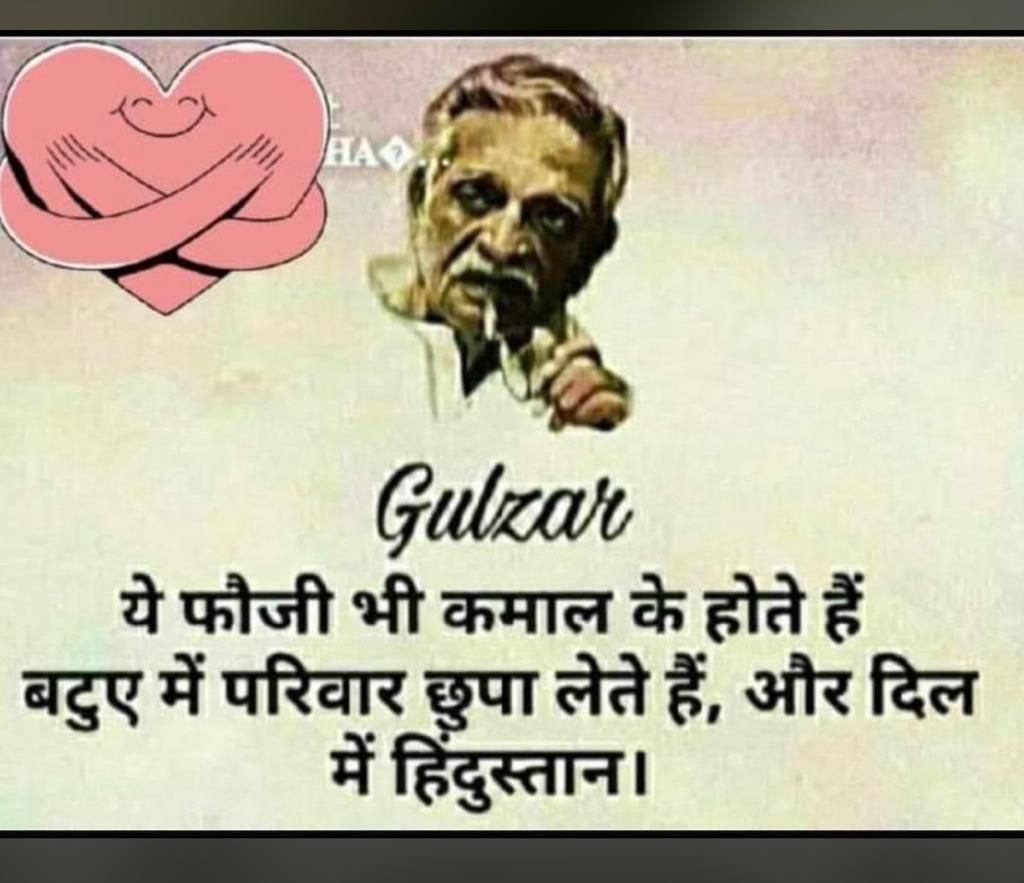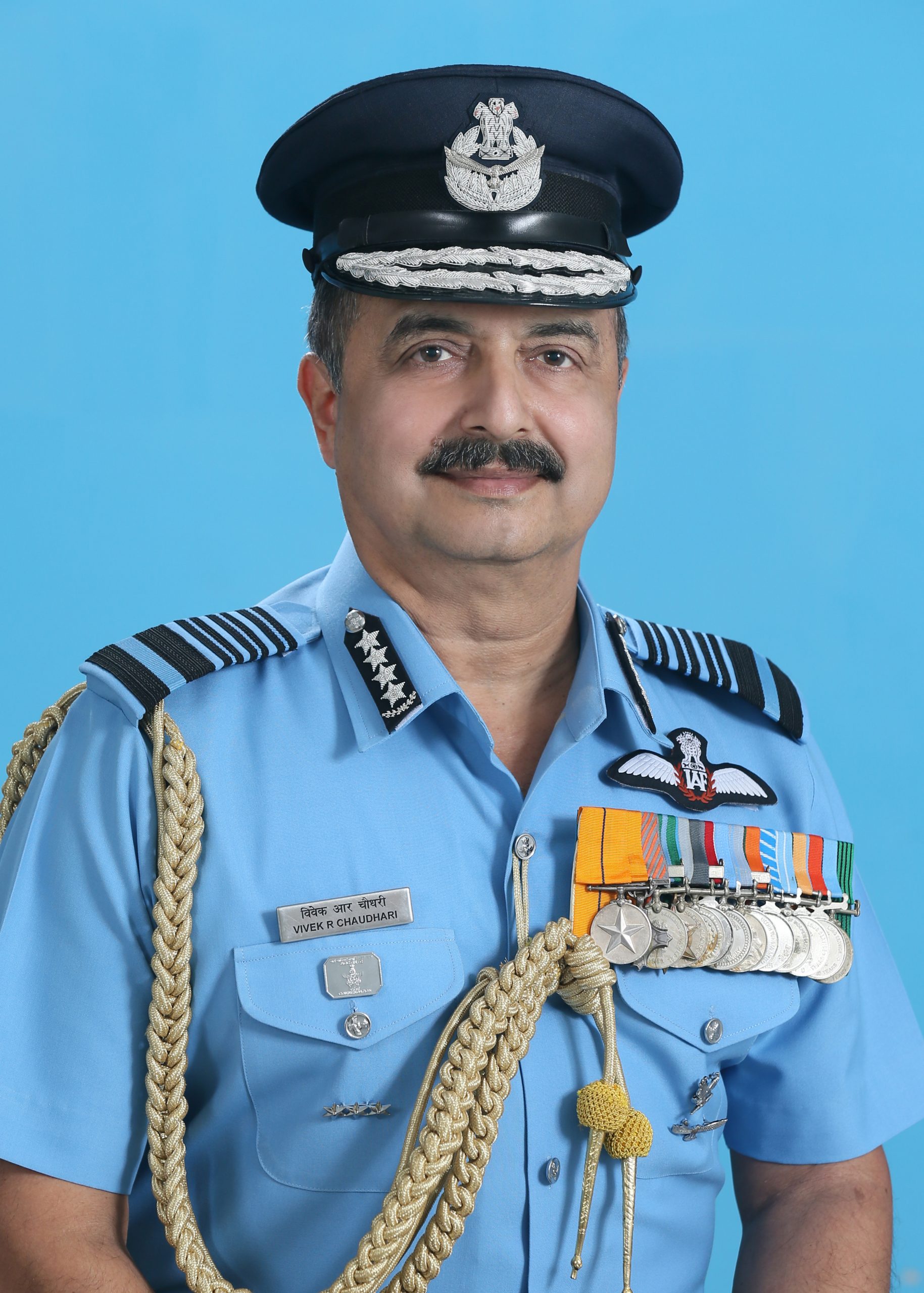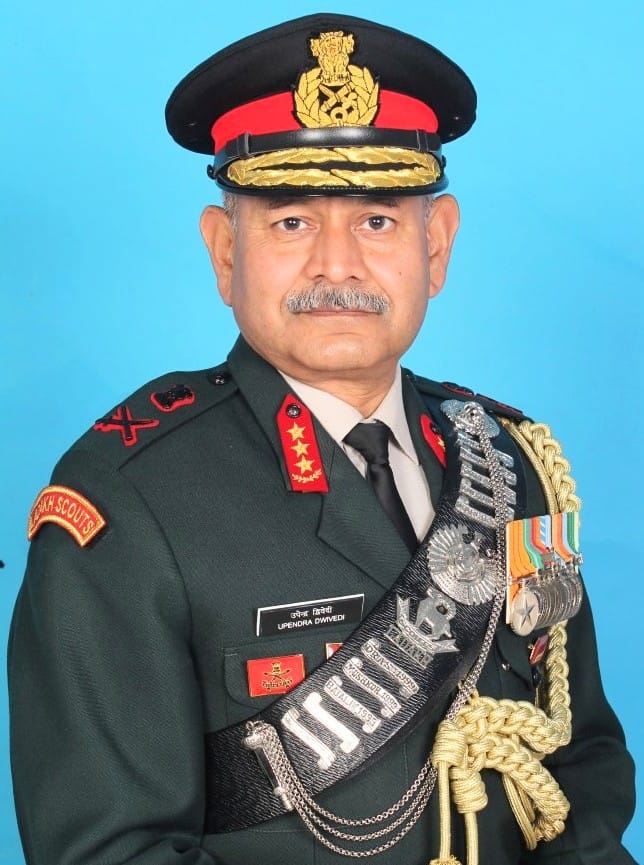10 soldiers lost their lives at Sonam Post in Siachen. Here is the story how the post got its name from an unassuming officer who first occupied it in a break-neck race with Pakistan in 1984
Sonam Post, the site where 10 valiant soldiers (including three from Karnataka) of 19 Madras regiment lost their lives in an avalanche has been thrust into national limelight. The post got its name from the simple unassuming non-commissioned officer (NCO) who first occupied it in a break-neck race with the Pakistanis way back in 1984.
I was an instructor at the High Altitude Warfare School, and I vividly remember the Deputy Commandant, Brig (then Col) Pushkar Chand telling us how he and his team were tasked to occupy Siachen Glacier (Saltoro Ridge) in 1984. He was given no time to prepare because the Pakistani Special Forces were already heading to occupy it and it was a race against time and weather.
Volunteer young officers from Northern Command and from other commands were selected under the high risk mission, because the enemy here was not only the Pakistan Army but the terrain and the extreme weather. They were tasked to lead detachments of troops from Ladakh Scouts, Kumaon Regiment and Special Forces to occupy the crucial positions on Saltoro Ridge before the Pakistanis could get there. They had limited glacier clothing and their high altitude equipment was rudimentary at best.
Troops started moving forward to reach the Saltoro Ridge fastest. The Indian Army beat the Pakistani Army to occupy the positions by a mere three days and in spite of a long arduous route, the gritty young officers led the troops to the highest battle ground on earth.
Havildar Sonam was part of a patrol that had an officer as a patrol leader. While approaching the given location, the patrol leader fell into a crevasse and injured himself badly. There was no way the officer could be evacuated by helicopter. Col Pushkar ordered that the patrol be split and one party evacuate the injured officer and the second under Havildar Sonam continue towards the position it was to occupy.
Sonam, a gritty Nunu (Ladakhi soldier), led from the front and reached the designated location. He and his small band had just a few snow tents which were of no use against the blistering winds that swooped around them. He ordered them to dig tunnels beneath the ice to protect them from the chilly winds. They were soon detected and came under heavy artillery firing by the Pakistanis. The tunnels they had dug saved them from the shelling.
Though he could not see where the enemy fire was coming from, Sonam realised that he would have to retaliate. He, along with two of his colleagues, climbed to a vantage point so he could see where the enemy fire was coming from. That evening, when Col Pushkar spoke to him on radio, he told him that he had seen the enemy mortar position and requested for artillery fire to engage it. The predicament was that Sonam had no clue how to control the artillery fire and it took a great deal of ingenuity for him to be able to give out the enemy positions and then report the fall of shots to successfully engage the enemy position.
Sonam and his men remained at the post for over six months without relief, since whenever they attempted to move, the enemy would fire at them. But the intrepid soldiers remained there uncomplainingly, undergoing hardships that would have broken any others.
Brig Pushkar recounted how the name Sonam Post came about. When he asked Sonam what the grid reference of his location was, Sonam confided that he had no clue how to read the map and grid references. Brig Pushkar joked with him on the radio set and told him, “Sonam I am not worried if you are taken by enemy as prisoner, because you would reveal no information since you know nothing.” He told him, “Sonam, whenever you give the report, you will say ‘Sonam Post all OK’ “. And that was how Sonam Post got its name.
A few years later, Sonam was posted to the High Altitude Warfare School in Gulmarg as the administrative NCO in-charge of the student officers’ mess. I, as a young officer, was the Mess Secretary. Every month, there would be losses since poor Sonam knew nothing about managing a mess, or of accounting and budgeting. Fed up with continual losses, I complained to Brig Pushkar to remove him and was told to get him to his office.
Yet, when Sonam entered Brig Pushkar’s office, I was surprised to see what happened. Brig Pushkar got up from his chair and hugged him like a long-lost friend. He forgot why he asked Sonam to come to his office and he asked him, did he know that he was the Deputy Commandant of HAWS? He further scolded him, why did he not come to meet him? Sonam smiled and did not utter a word. Then he told me about Sonam’s role in helping secure Sonam Post way back in 1984 and my own anger turned into respect.
The same evening I went to the mess and called all student officers. There I introduced this unknown hero to them and asked them to interact with him and understand the practical part of soldiering in extreme weather and terrain conditions. Every student officer rose after I finished introducing Sonam to them and came forward to shake hands with a true soldier.
Later, I would often see young officers surrounding Sonam and hearing his experience of Siachen. He would often say, “Sahib Lama Guru ke Land Main Gama Nahin Banna”. Being an instructor in an High Altitude Warfare School, you are supposed to be a class apart and the best in business in the world. I was an arrogant professional, but one day while training on the glacier, Sonam saw me rushing up the ice wall during a demonstration. After the demonstration when I was sipping tea, Sonam walked up to me and told me, “Sahib, don’t show your speed on ice wall, it does not give you a second chance and it also does not give you time to recover. Therefore, be like an Ibex, sure-footed”. It was a lifelong lesson that saved me from committing hara-kiri someday.
Later, it was decided to put up his portrait (dressed in full mountaineer gear) in the officers’ mess. When this ceremony was organized, the entire staff and officers including families were present. And there was this short stocky man, standing between the Commandant and Deputy Commandant, receiving perhaps the only recognition for his achievements. A simple photograph in the Officers’ Mess to honour his deeds.
There are so many Sonams who have done their duty selflessly at these forbidding heights. The ten Thambis of 19 Madras who laid down their lives on the post were also like him, simple men soldiering on selflessly in unimaginable hardships. Perhaps the avalanche that swamped Sonam Post helped rouse the national consciousness of the conditions our soldiers undergo to preserve the national integrity. There are thousands like Sonam and Hanumanthappa Koppad and nameless others who merely do their duty without reward or recognition. This piece is just a small salute to them all.
Brig Narender Kumar (Retd.) is the Senior Research Fellow at the Centre for Land Warfare Studies – CLAWS, New Delhi. This article was firts published in the defence journal, Indian Defence Review














































































